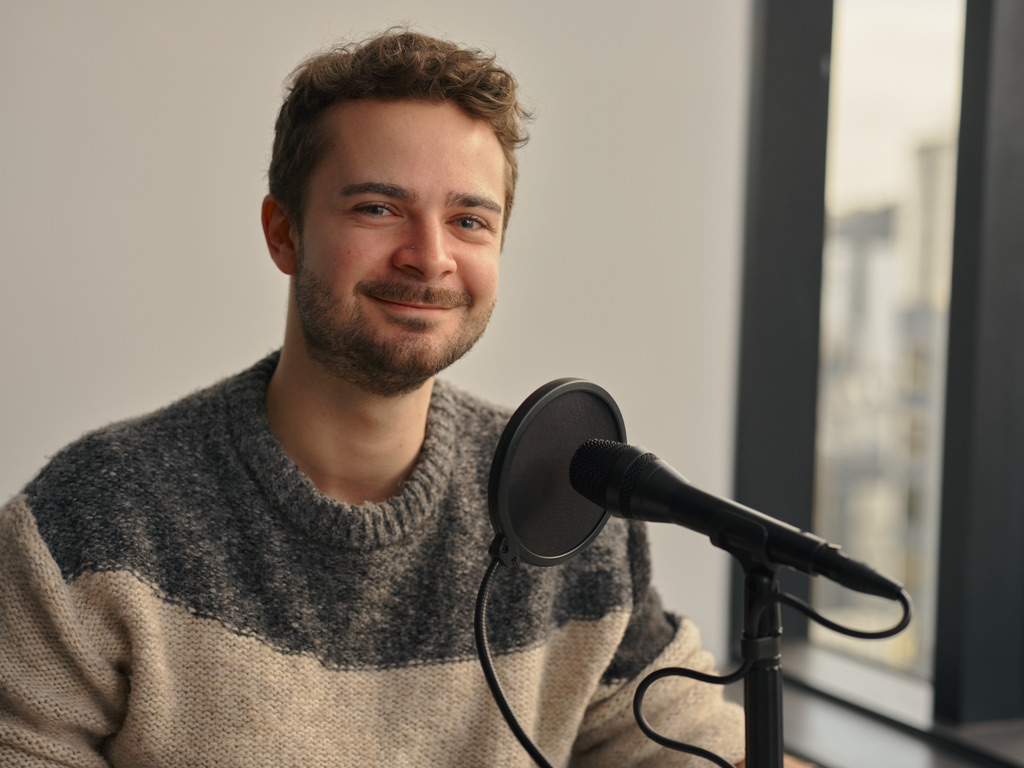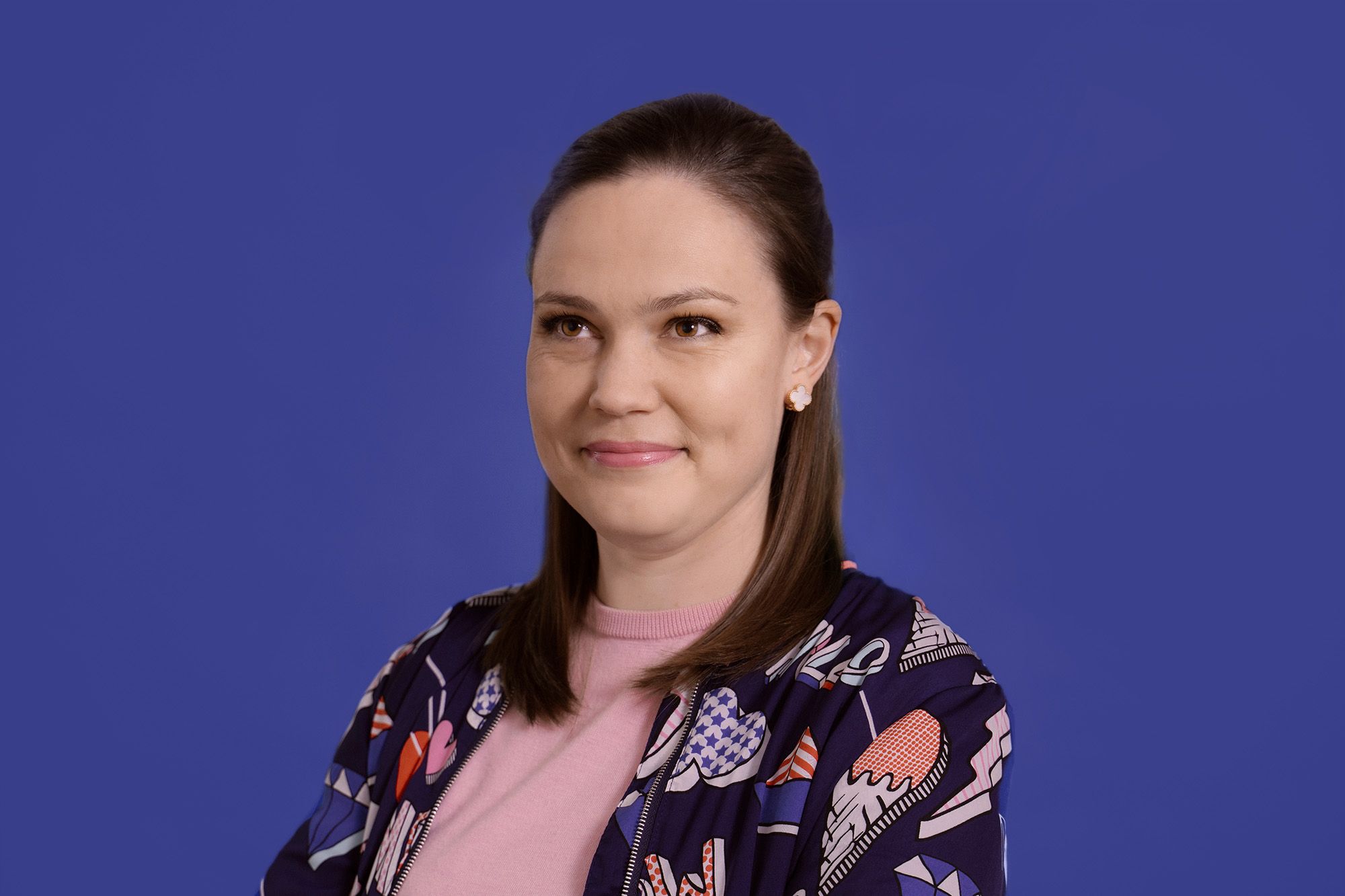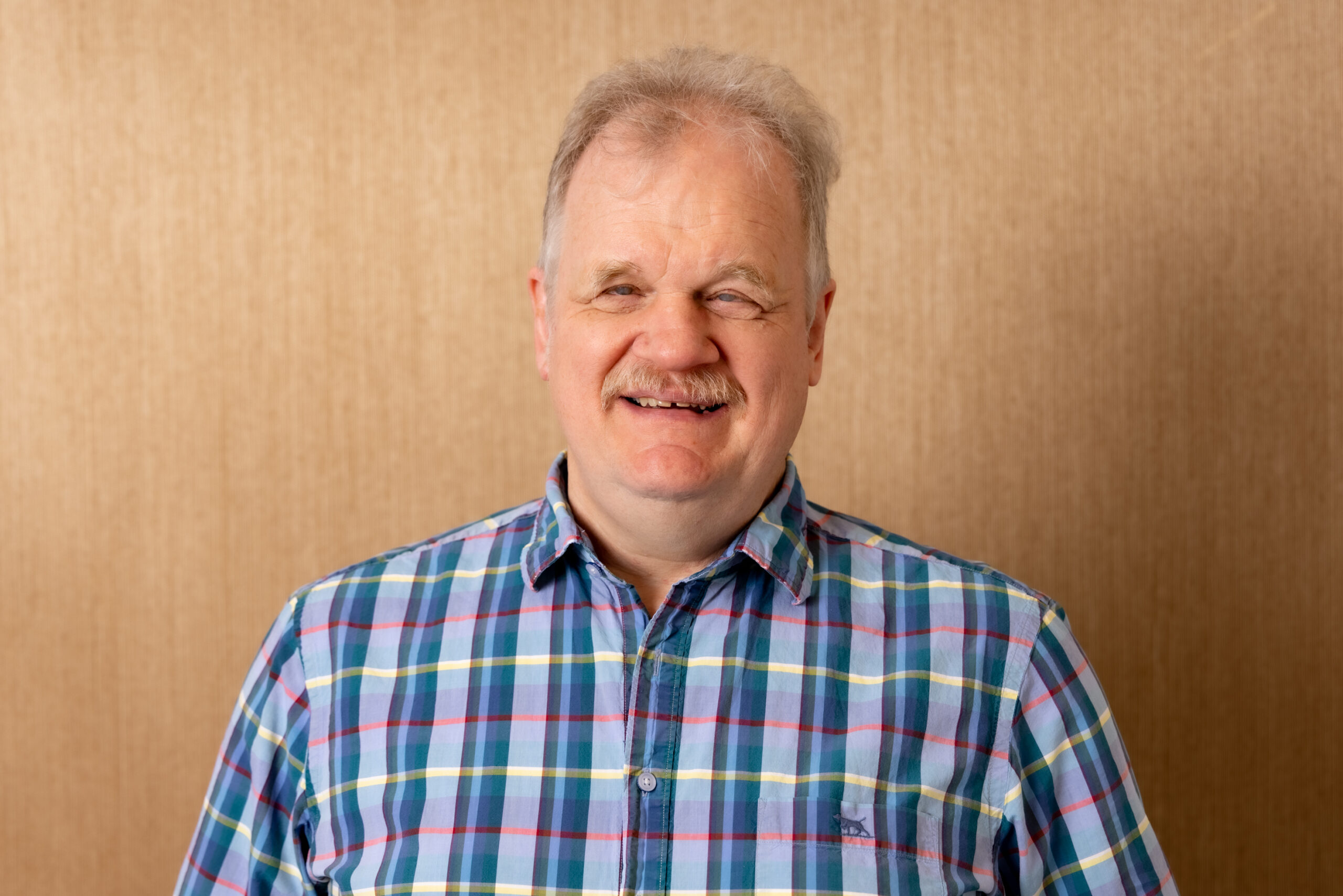
Earlier this year, we set out to find out more about audio description in Aotearoa. How many people know about it? How do people use it? And what could Able be doing to ensure our services were reaching the audience that could benefit from them?
After conducting both quantitative and qualitative research, we found that while audio description is deeply valued by the people that use it – “universally appreciated”, our researchers found – there is still much work to be done in the awareness and education space in order to improve its accessibility and, well, availability. These things are ultimately intertwined – that is, the more people know about it and use it, the more commonplace audio description will be – and focusing on this will hopefully mean more shows will be available for our blind/low-vision audiences to understand the full picture.
This research includes participants who identify as blind and low-vision, sighted users, and sighted non-users.
What did we find?
Audio description awareness is at 31% amongst Aotearoa’s general population.
“Awareness is minimal outside the blind community. If you’re not looking for it, then you don’t know.” – Sighted user
Here is the breakdown:
When asked, “Before this survey, which of the following best describes what you know about AD?” The responses were:
- 4% know audio description very well
- 27% know a little about it
- 19% only know the name
- 50% haven’t heard about it before today
A few more insights:
It was fairly new information to us, as people who live and breathe captions and AD, that, actually, audio description is commonly confused with subtitles (describing the audio!). Most sighted users stumble across it by accident.
Even amongst the blind and low-vision community, awareness is only “moderate”; we’re still missing out on a proportion of this sector, especially in the 65+ and rural-living groups. Awareness is higher amongst younger people, which suggests that digital literacy is a driver.
Audio description needs to be on streaming platforms.
Sometimes at Able we feel like we’re constantly telling anyone who listens that audio description needs to be on streaming platforms but… it’s true! The research shows that people stick to what they know and what they like, and will watch what they want to watch. Like everyone else, they value the ability to stop and start the show whenever they want.
13% of people in Aotearoa have used audio description.
However, this number decreases the further down into the detail you get.
- 4% use AD less often than once every 6 months
- 9% use AD at least once every 6 months
- 7% use AD at least once a month
- 2% use AD daily
87% of people in Aotearoa have never used AD.
Audio description means a lot to blind and low-vision communities…
“It opens up a whole different world for those of us who can’t see a screen.” – Blind user
This one is self-explanatory, we think.
…and their families…
“Even though my daughter is sighted, she’s never turned audio description off. So it’s just part of our everyday now.” – Blind user
Ditto.
…and it levels the playing field.
“I think equality is one of the big words that comes to mind. It really sort of has evened out the playing field a little bit in terms of media consumption for blind people.” – Blind user
Ditto x2.
Sighted users also appreciate audio description, but for their own reasons.
Sighted people who use audio description use it as a way to multitask, for quality time together, and a bit of ‘me’ time.
Sighted people who don’t use audio description are most interested to try it for multitasking (33% of survey participants). 19% want to use it to learn a new language, 18% to make chores more entertaining, and 15% to help with neurodiversity.
Sighted participants who do use audio description thought that if awareness of audio description was more widespread, other sighted people could benefit from it.
Overall, audio description is an important service, and we’d like to make more people aware of it.
How do you try it to know if it’s for you?
You can turn it on broadcast television via your remote. For details on how to do that, click here.
You can also try it on select streaming services, such as Netflix, Disney+, and Prime Video. It is not currently available on New Zealand platforms such as TVNZ+, ThreeNow or Neon.
This research was conducted by TRA (The Research Agency).





